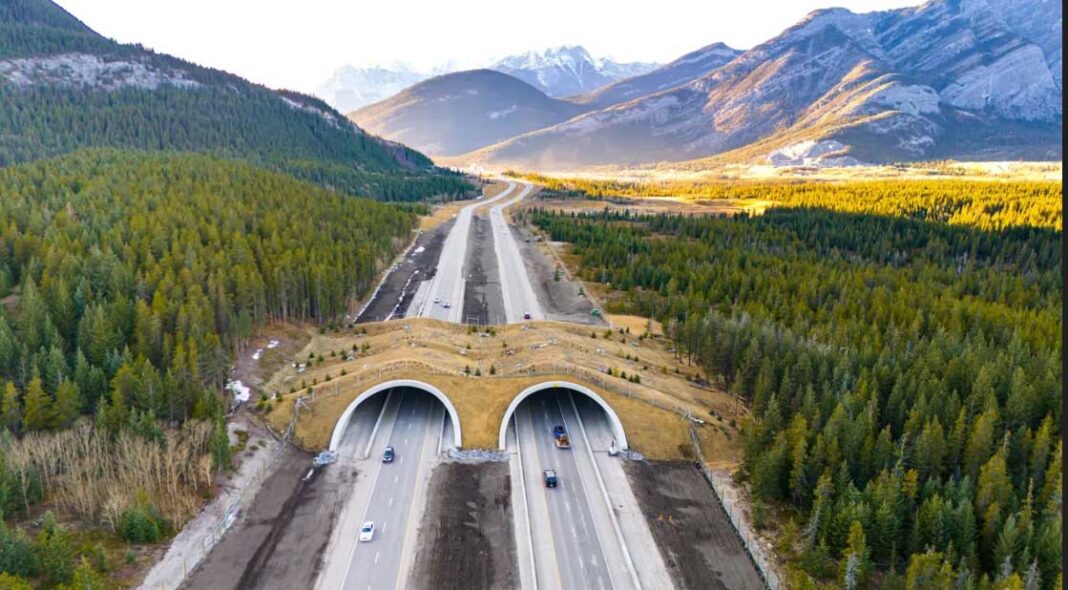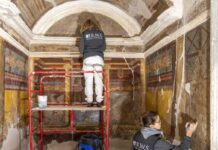In Alberta, Canada, a unique bridge is helping animals safely cross one of the province’s busiest highways — and it’s changing how people think about road design and conservation.
Nestled between Calgary and Banff National Park, the Bow Valley Gap Wildlife Overpass is a 200-foot-wide crossing built over the Trans-Canada Highway.
Covered in soil, grass, and trees, it looks more like a stretch of forest than a bridge. But it’s already making a big difference for wildlife and the people who drive through the region every day.
This stretch of highway has long been a hotspot for vehicle-wildlife collisions, with nearly 70 reported each year.
Large animals such as elk and grizzly bears frequently cross here, putting themselves and drivers at risk. Now, instead of darting across traffic, animals can use the overpass to safely reach the other side.
The overpass sits above two arched tunnels that carry four lanes of traffic, and it was designed with animal behavior in mind.
Engineering and design firm Dialog worked with wildlife biologists to make sure the structure met the needs of the area’s biggest species, per Fast Company.
The team carefully shaped the slopes so that prey animals could see predators coming, and they chose plants that blended into the landscape without attracting too much attention from hungry grazers.
This is not just about avoiding crashes. Wildlife crossings also help protect natural migration routes, giving animals a better shot at finding food, mates, and shelter.








